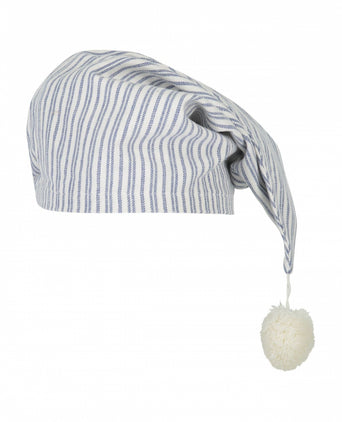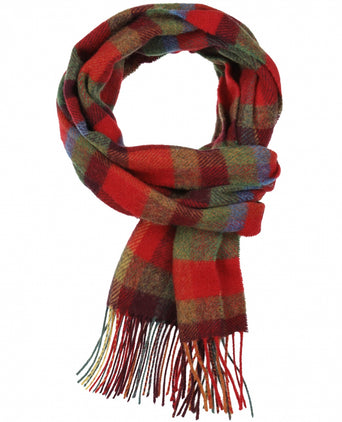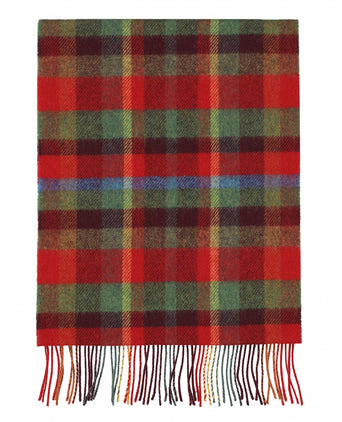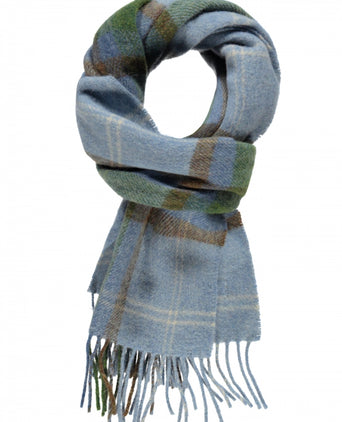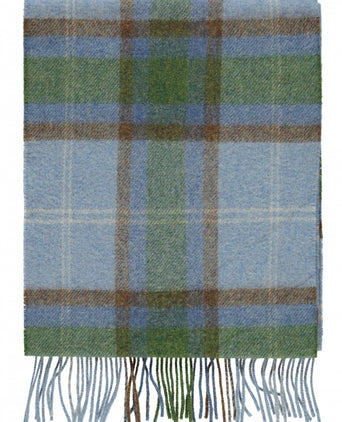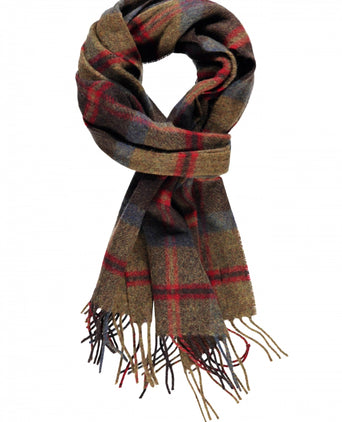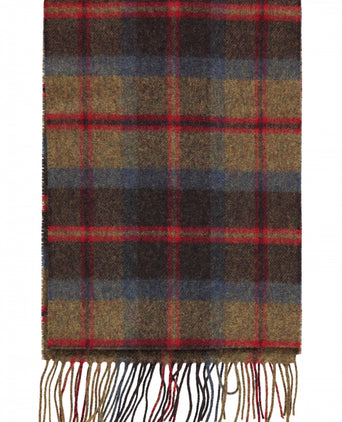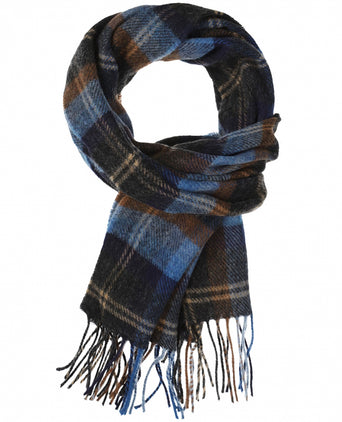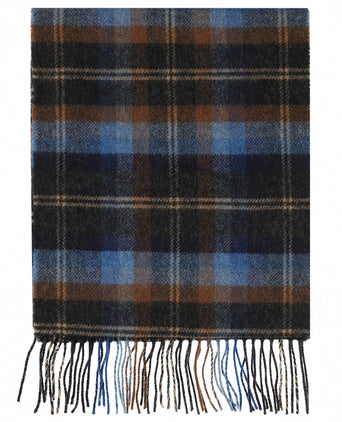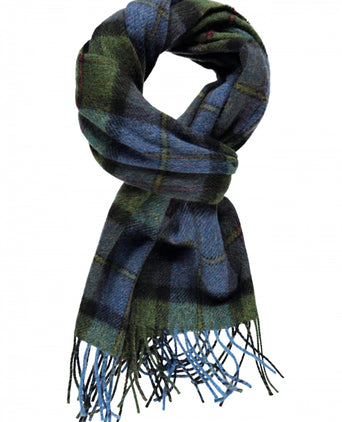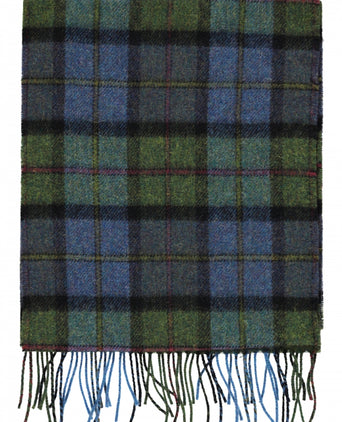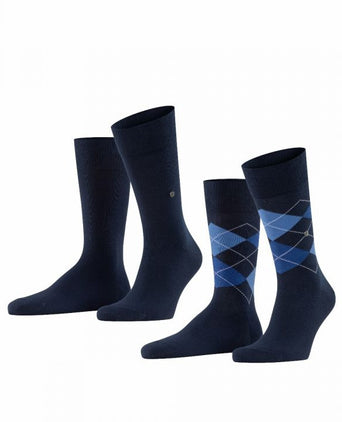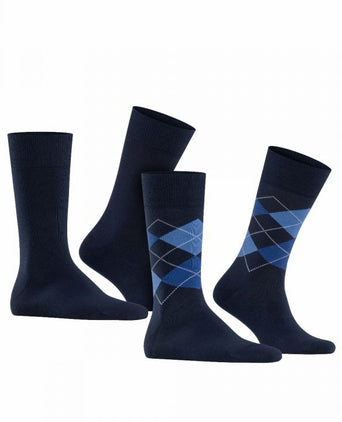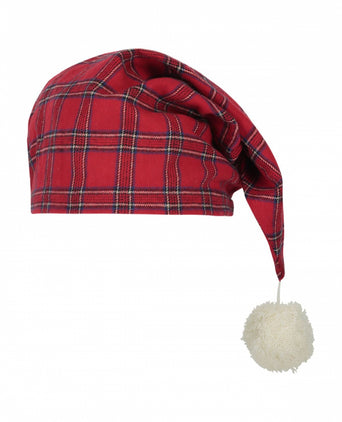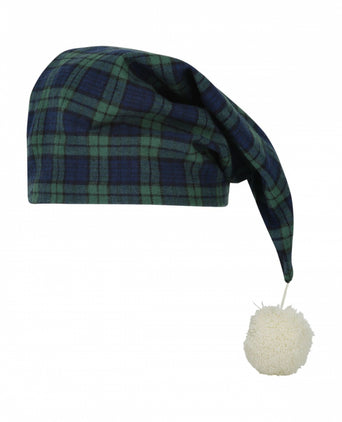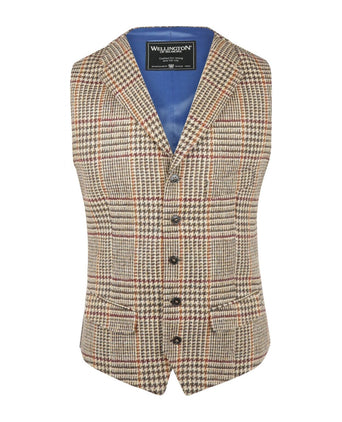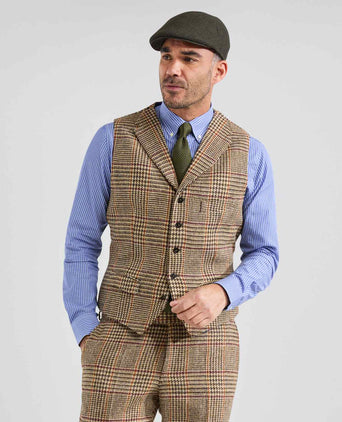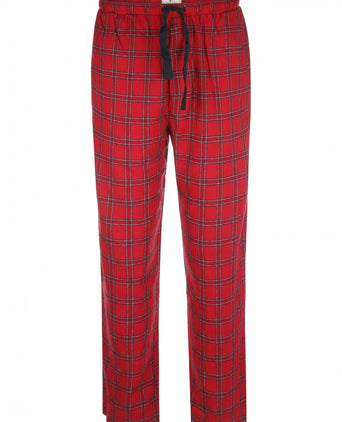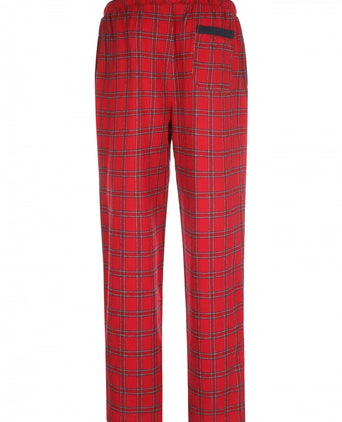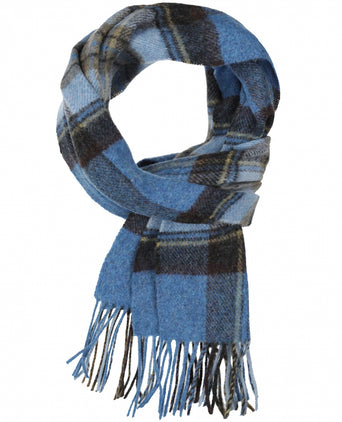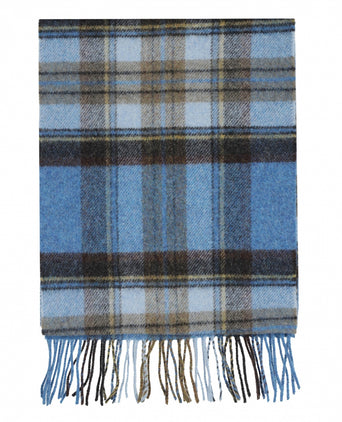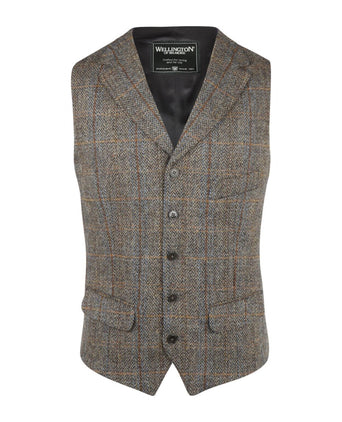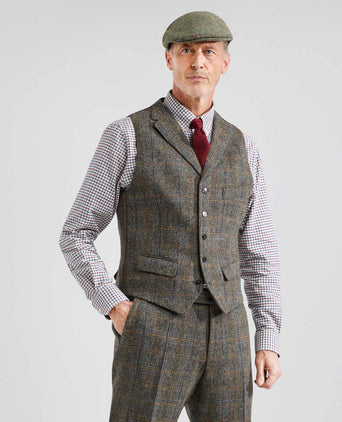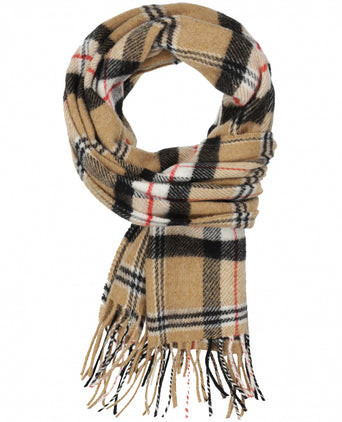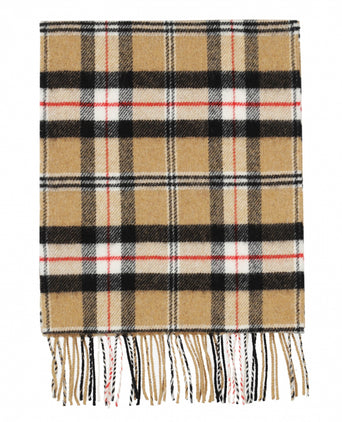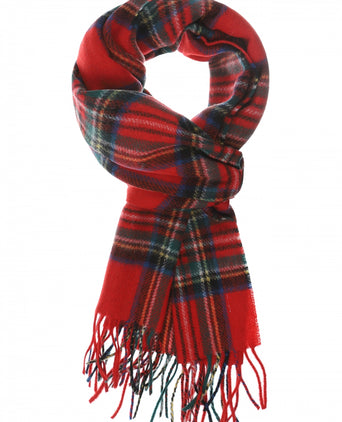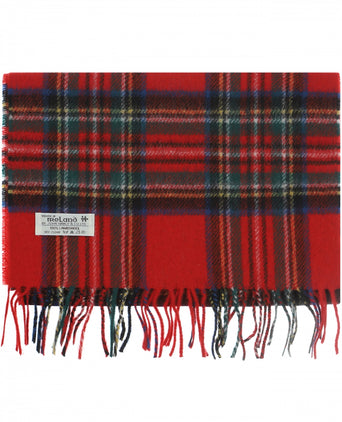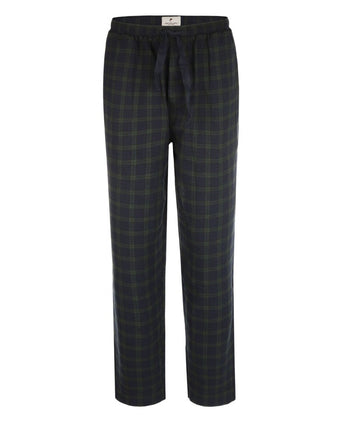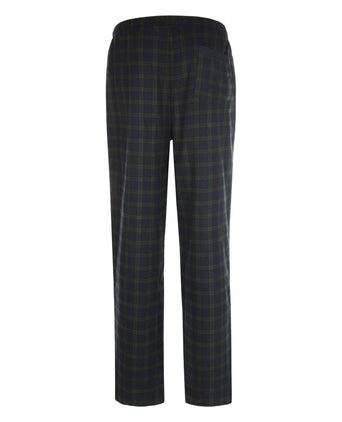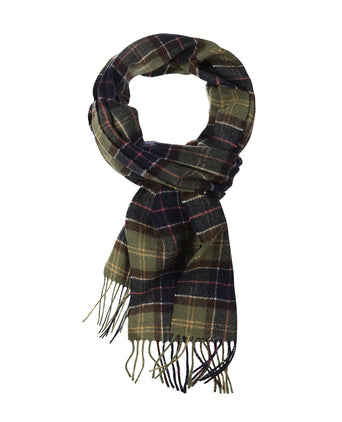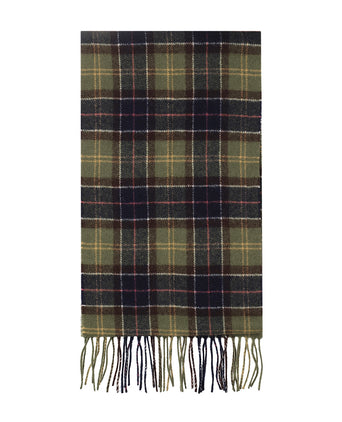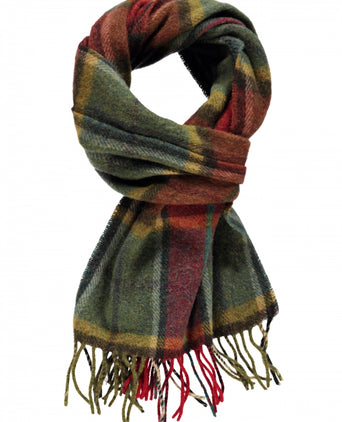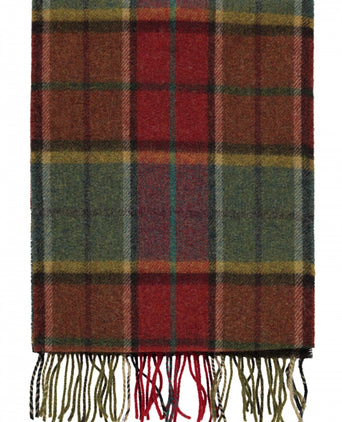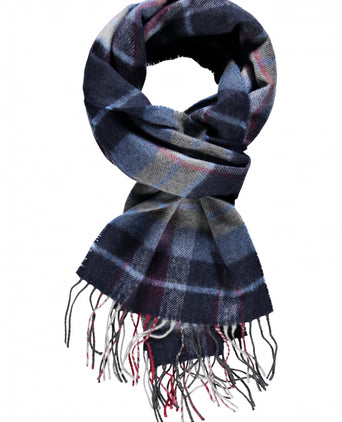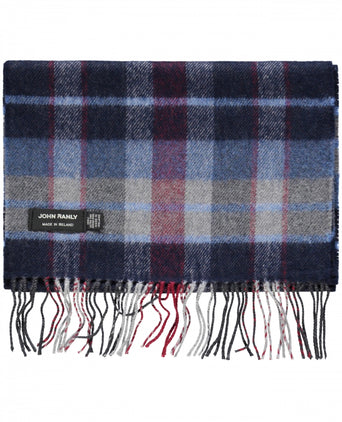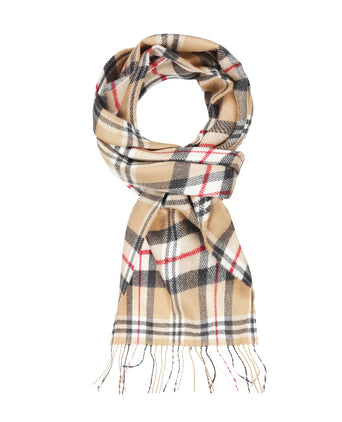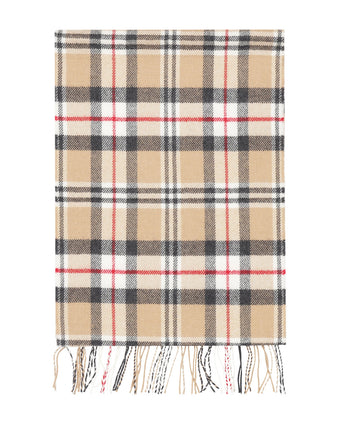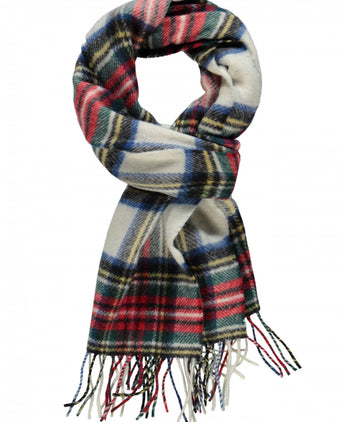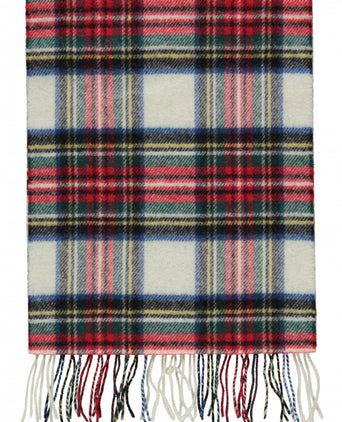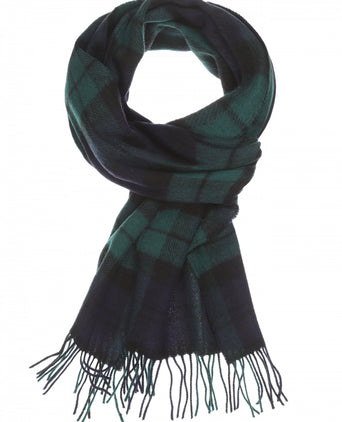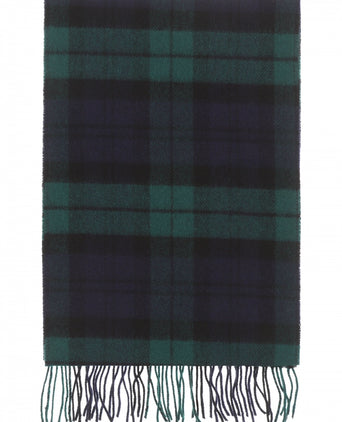Origin of the classic diamond
The history of classic plaid begins over five centuries ago on the Scottish highlands, where clans established their identity in tweed fabrics with stripes of colour that crisscrossed to create distinctive tartans. These patterns travelled to England in the 1800s, where weavers used fine wool to create the Glen Plaid, which later became famous as Prince of Wales plaid when Edward VIII introduced it as a casual alternative to formal stripes. At the same time, farmers in the north of England developed the so-called border tartan, a subtle two-tone check that was easy to produce and . With industrialisation and the advent of tailored suits, plaid slowly took over the cities. Today, the pattern is found everywhere from sharp business suits to the famousHarris Tweed.
The Diamonds collection at The English Hatter
In our Checks collection, you’ll find the clothing first: flannel lounge pyjamas and tweed blazers offer a relaxed yet refined feel, while lined Irish shirts and checked chinos bring the countryside to the city in style. For chilly days, there’s the merino jumper in a subtle Prince of Wales check, complemented by Wellington’s silk waistcoat for a colourful layered look. The accessories segment adds character with John Hanly’s lambswool and merino scarves in tartan, Burlington socks in classic argyle and our own tweed-look bag that offers a practical nod to traditional weaving. Finally, our hats and caps complete the look: think a Lee Valley nightcap in a cheerful check, a Barbour Tartan Sports Cap for outdoor pursuits or a classic checked flat cap from our own collection, alongside patchwork Hatteras from Stetson. The Checkered collection thus brings together a full range of patterns and textures – from nightwear to outerwear – and shows how versatile the check pattern is today.
Experience for yourself how traditional plaid immediately adds character to your wardrobe. Discover the plaid collection online or visit ourone of our storesfor personal advice.
